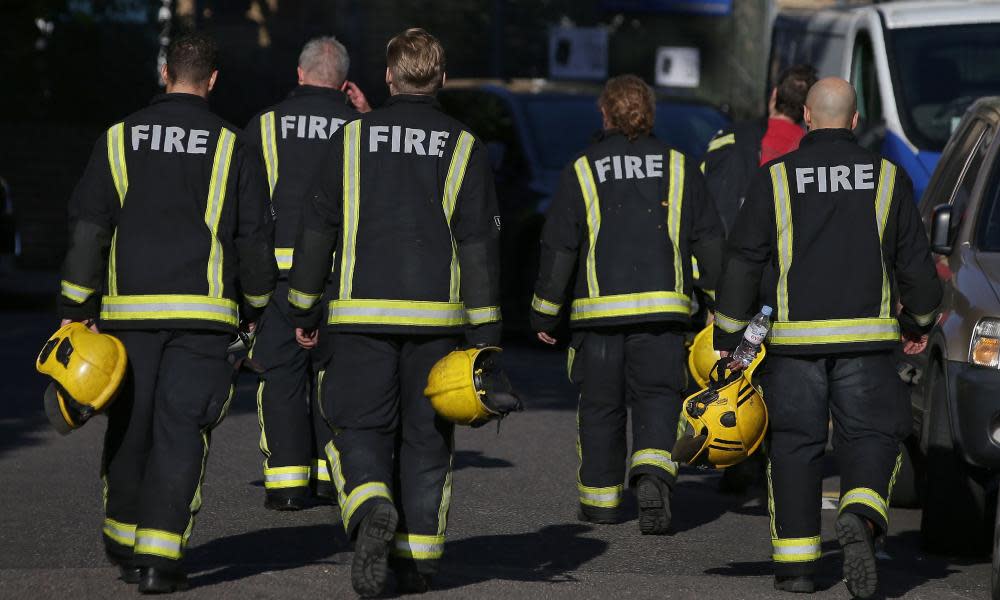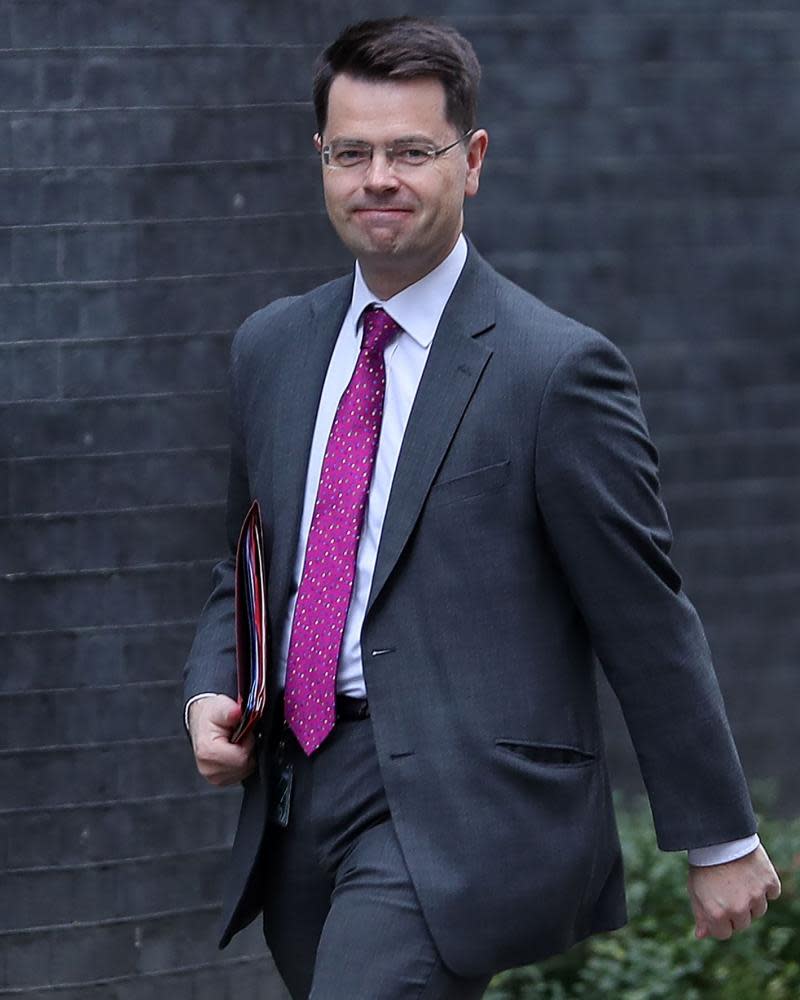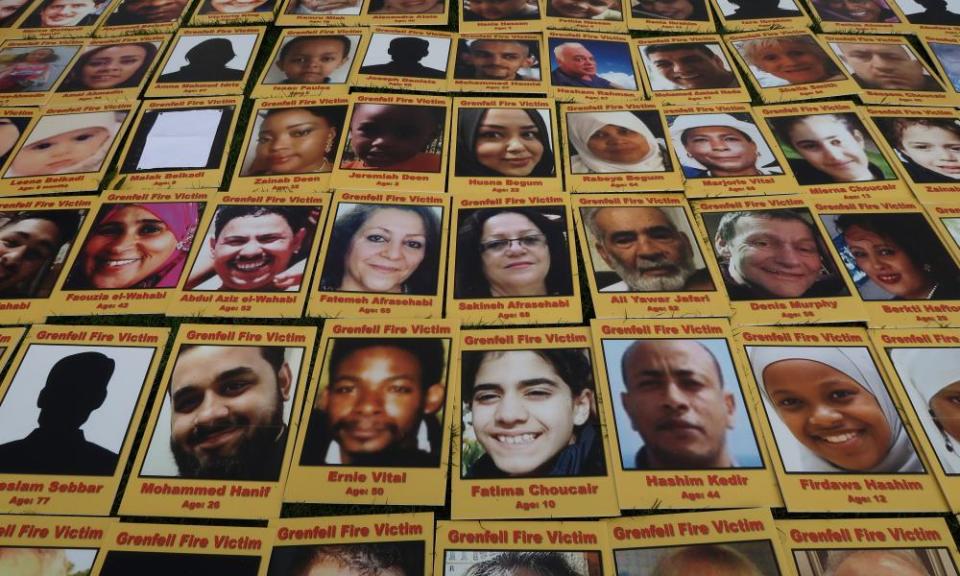Fire advice is to flee as tests show Grenfell-style cladding unsafe

Residents living in more than 100 tower blocks in London are being advised to flee in the event of a fire amid concerns that their buildings are structurally unsafe, the Observer has learned. This conflicts with the standard advice – reiterated after the Grenfell Tower tragedy last year – that residents should “stay put” if a fire breaks out.
The dramatic switch recognises that many tower blocks in the capital are considered unsafe after new tests on their cladding showed them to be in breach of building regulations.
A spokeswoman for the London fire brigade confirmed that, following work to inspect the safety of their cladding systems, the owners of 101 residential blocks over 18 metres tall had been told to change their advice to residents. In the event of a fire, the advice has changed from “stay put” to “simultaneous evacuation”.
The figure does not include 16 tower blocks that have already removed their failed aluminium cladding material or replaced it with non-combustible cladding.

The spokeswoman said if buildings were maintained correctly they should give occupants a minimum of 30 to 120 minutes’ protection from fire. “So, if there is a fire elsewhere in the building but not inside your flat, you are safer staying in your flat and calling 999, unless fire, heat or smoke is affecting you directly,” she said.
“If you leave your flat you could be rushing into choking smoke, the fire itself or firefighters using equipment to bring the fire under control. If the fire, heat or smoke is affecting you directly or you are in the communal areas of the building, get out, stay out and call 999. However, if there are concerns that a building has not been maintained correctly, then ‘stay put’ advice should be reviewed.”
Nick Coombe, fire safety regulation strategic technical adviser for London fire brigade, said that residents living in tower blocks should check with their landlords. “The most important thing you can do is to know your plan in the event of a fire. Ask your landlord what you should do.”
The change in “stay put” advice is likely to raise further questions about whether combustible cladding should be banned. It was a key factor in the Grenfell fire, and in the 2009 fire at Lakanal House, Southwark, in which six people died. The government and an independent adviser last week appeared to give conflicting signals over the future of regulations on combustible material in cladding.
The independent Hackitt report into building regulations and fire safety, set up by the government after the Grenfell fire, which claimed 72 lives, fell short of recommending a total ban on flammable cladding, something that survivors of the blaze had called for, along with some politicians and experts. Shortly after the Hackitt report’s publication, the housing secretary, James Brokenshire, announced a consultation on banning combustible cladding.
“We are not against banning aluminium cladding material,” Coombe said. “Banning specific materials alone can’t be the sole focus of how this review is implemented, as that would allow other dangerous problems to develop. London fire brigade have been clear that what is needed is fundamental change of the system. This would include clarity around who holds which responsibilities, and ways to make sure that individuals making decisions about fire safety in buildings have the appropriate skills and qualifications.”

The 101 towers that have temporarily abandoned their “stay put” policy are mainly social housing blocks but also include a few private residential units. However, the real number of buildings whose fire safety standards are in breach of building regulations – because of their cladding or other design faults – may be considerably higher.
Rita Dexter, the former deputy commissioner of the London fire brigade, submitted evidence to the Grenfell inquiry that “between 1 September 2010 and 31 August 2013, 82 primary fires were identified as involving a structural fire safety failure”. Of these, 50 involved dwellings, seven involved shops and five involved hotels; seven were in a purpose-built block of 10 or more storeys.
Dexter’s submission states: “I suggest that what continues to be uncovered by the government-sponsored testing programme following the Grenfell fire lends weight to my fear that there is a hidden level of structural fire safety fault.”
Dexter told the Observer she was concerned that the focus on cladding risked narrowing the debate about fire safety. “Cladding is a key focus at this time, but the evidence collected by London fire brigade points to wider structural and management failures that make some fires worse. Such problems include inadequate compartmentation and deficient fire doors. The current focus must address all of these issues.”

 Yahoo News
Yahoo News 
